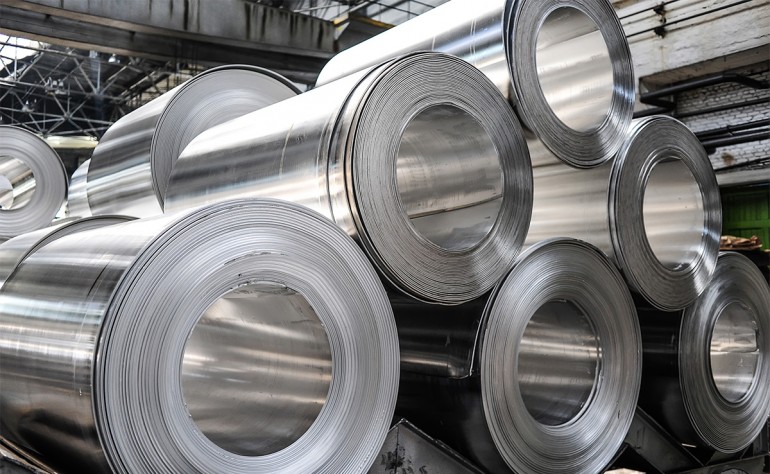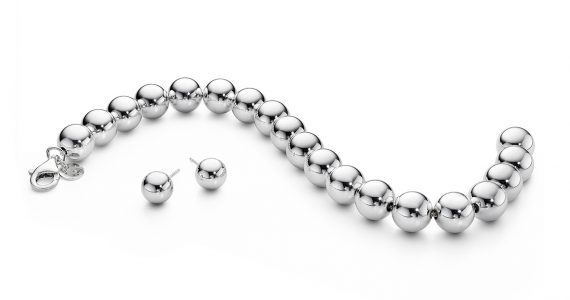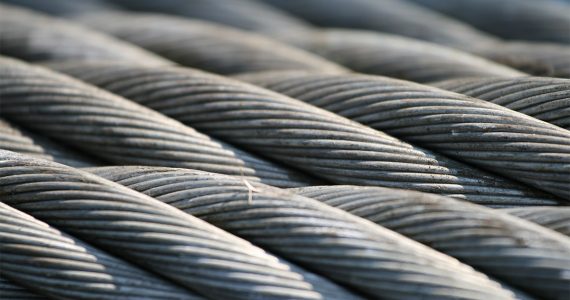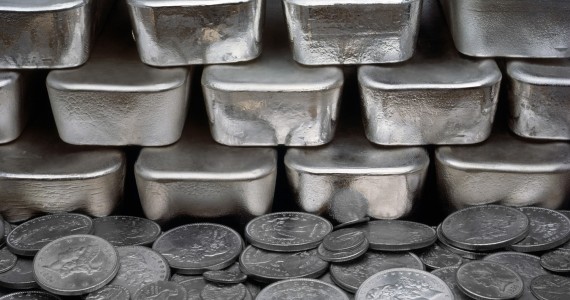Aluminum has many uses and applications in different areas and industries like in the packaging industry, construction, transportation and a lot more due to its unique properties.
To have a better understanding of the metallic element, below is a list of its unique and remarkable properties:
Lightweight: It weighs only about one-third of steel, copper, or brass.
Strength and Durability: Aluminum can stand heavy loads and pressures especially when alloyed properly.
Electrical conductivity: Its conductivity is twice that of copper.
Thermal conductivity: It swiftly spreads heat or cooling energy.
Non-Toxic: This characteristic is what makes it perfect for use in food packaging.
Ductility: It is this ductile property of aluminum that makes it perfect for wiring systems.
Reflectivity: With its good reflective properties, it can reflect light and other forms of radiant energy.
Corrosion: This metal has low resistance to corrosion, so it is very much applicable in building constructions.
Recyclable: Aluminum can be used and reused into various forms and products.
This metal is used widely in the latest advancements in the modern world. It appears silvery-white and has a number of rare properties.
This metal is probably the most or one of the most widely used, and we may not realize it but the things we could be using or the building we are working on may have aluminum in it. Here is a list of the different ways aluminum can be used and applied.
Use in Building and Construction
The construction industry consumes approximately one-fifth of the world’s total production of aluminum. The many structures that you see like domes, bridges, markets, stadiums, sports complexes, large skyscrapers, and many more make use of aluminum. It is being used in the production of stairways, railings, claddings, and the like. Because it is malleable in nature and has a shiny look, aluminum is very useful in home décor parts like your window frames, railings, curtain rods, door knobs, and grill. It is also used in your home artifacts and furniture, interior panels and your doors.
You can cut, weld, bond, and join aluminum with other materials. As cladding, it provides building insulations together with stone and bricks. Other construction parts, materials and finished output that contain or make use of aluminum are: fabricating, casting, tubing, bars, wire, aluminum scrap, tanks, windows, ladders, railings, doors, pins, stampings, bridges, skylights, and many more that you can possibly think of in the construction industry.
Use in Packaging
Roughly around one-fifth of extracted aluminum is used in the production of food and beverage packaging and pharmaceuticals. The utensils and appliance you have in your kitchen like toasters, refrigerators, thermos, trays, cans, foils, bottles, kettles, saucepans and a lot more are largely made of this metal. For example, fast casual chain Chipotle uses aluminum for their bowl tops.
Aluminum keeps the properly stores food and keeps it safe, preventing pathogens from getting into the food, and does not alter the smell and taste of the packed food. It is essential in packaging production because it is non-corrosive, non-toxic and water repellant, reducing the spoilage of food.
Use in Transportation
In transportation, about one-quarter of aluminum is consumed. The planes that you took and the boat you sailed require the use of this metal during its production. Trains, buses, ships, your own vehicle and other motor vehicles largely use aluminum due to its strength and weightlessness.
During aircraft production, aluminum is need in making the frames, wiring, exteriors and electrical systems. Attributing to the metal’s ability to create alloys alongside other metals and its resistance to corrosion, aluminum is indeed highly essential and extensively used in the transportation industry.
Use in Automobile Industry
All the running vehicles and motorbikes that you see on the road widely use aluminum during its manufacturing. Car parts made of aluminum have good aesthetic and geothermal conditions, and these parts are not costly.
Examples of these car parts like wheels, hoods, engine blocks, suspension parts, wheel spacer bars and transmission housings are made of aluminum. Some other car parts using aluminum are handles, carburetor housing, mirrors, brackets, alternator hosing, air filler adapters, fan clutch parts, impellers and valve covers.
Use in Electricity
In electrical applications, about ten percent aluminum is being used for electrical equipment and power lines. The reason this metal is best used in electricity is because of its low density and high ductility properties as it can best transmit high voltage electricity in long distances.
Power lines made of copper are costly and require extra support structures to sustain high electrical conductivity, but all these are not needed anymore with aluminum. So, it saves on electrical expenses and can even guarantee durability. That is why aluminum now replaces copper in the making of wiring systems and transformers.
In manufacturing electronic and communication equipment, there is aluminum requirement in your television set, fuse boxes, casing, mounting, sound system, household appliances, satellite dishes and the likes.








